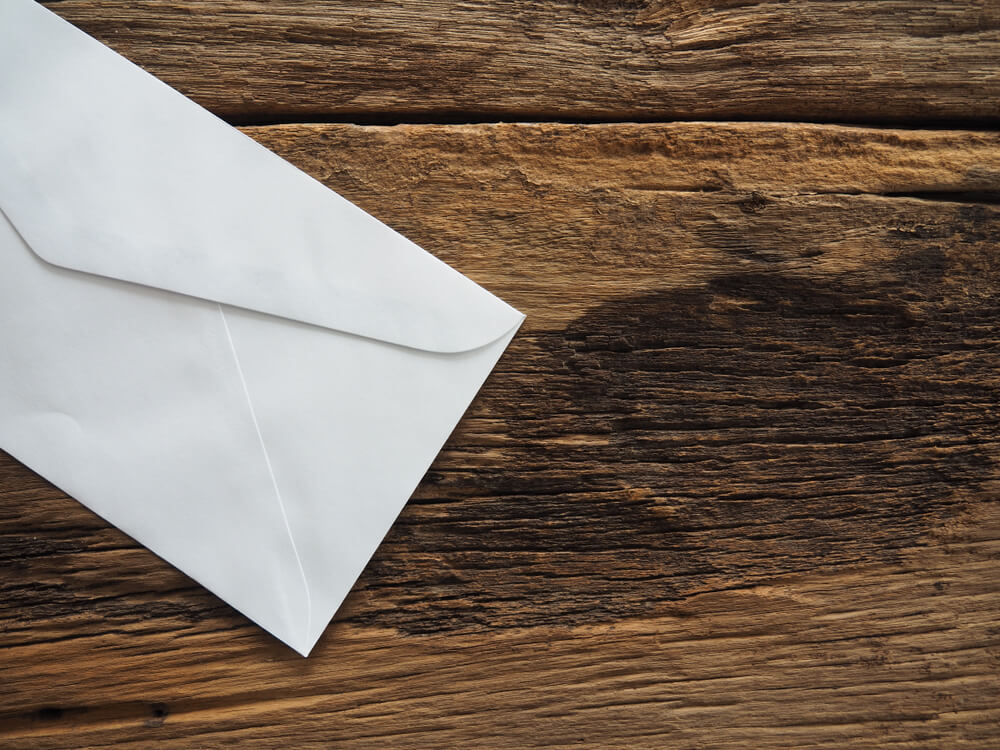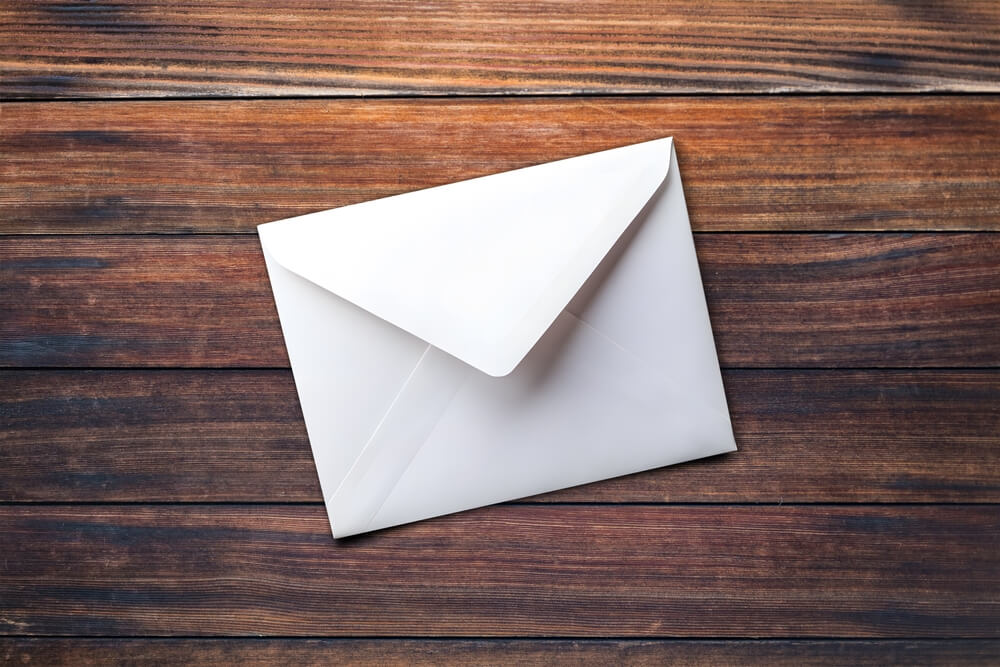In a digital age, properly addressing an envelope remains crucial for mail delivery. Understanding envelope etiquette affects how correspondence is received. This guide covers the essentials, provides step-by-step instructions for various mailings, and offers insights into international practices while avoiding common errors. Master these skills to ensure your messages reach their destinations professionally and easily.
The Importance of Properly Addressing an Envelope
In an age where digital communication often takes precedence, the art of properly addressing an envelope remains a crucial skill for ensuring mail delivery success. Envelope etiquette is not just about adhering to traditional norms; it plays a vital role in the efficiency and reliability of postal services.
The importance of correct addressing cannot be overstated. A well-addressed envelope ensures that your mail reaches its intended recipient without unnecessary delays or complications. This involves more than just writing the recipient’s name and address clearly; it includes using proper formatting, such as placing the return address in the top left corner and aligning the recipient’s address in the center.
Postal service tips emphasize clarity and accuracy to avoid misdelivery. For instance, using capital letters for addresses can improve readability for sorting machines, while including all necessary details like apartment numbers or directional codes (e.g., NW for Northwest) helps prevent confusion.
By paying attention to these details, you not only respect envelope etiquette but also contribute to a smoother postal process. Whether sending a heartfelt letter or important documents, proper addressing is key to ensuring your message arrives safely and promptly at its destination.
The Basic Components of an Address on an Envelope

When it comes to mailing a letter, understanding the basic components of an address on an envelope is crucial for ensuring your correspondence reaches its intended destination. The proper envelope layout not only facilitates smooth mail delivery but also reflects attention to detail and professionalism.
The recipient’s address is perhaps the most critical element. It should be placed in the center of the envelope, clearly and legibly written or printed. This address typically includes the recipient’s name, street address or P.O. Box number, city, state, and ZIP code. Ensuring accuracy here is essential to prevent any delays or misdeliveries.
Equally important is the sender’s address, often referred to as the return address format. This information should be positioned in the upper left corner of the envelope. It includes your name (or company name), street address or P.O. Box number, city, state, and ZIP code. The return address serves as a fallback location for undeliverable mail and adds a level of professionalism to your correspondence.
Step-by-Step Guide on How to Address a Business Envelope
Addressing a business envelope correctly is essential for ensuring your correspondence reaches its intended recipient promptly and professionally. Here’s a step-by-step guide to help you navigate the process with ease, focusing on formal envelope addressing and corporate envelope etiquette.
- Recipient’s Information: Begin by writing the recipient’s name on the first line. Use their full name, including any titles such as Dr., Mr., or Ms., to maintain professionalism. If you know their position within the company, include it directly beneath their name.
- Company Name: On the next line, write the full name of the company or organization where they work. This helps ensure that your letter reaches them even if it passes through multiple hands.
- Street Address: The third line should contain the street address of the company’s location. Be sure to include any suite or office numbers if applicable.
- City, State, and ZIP Code: On the following line, write out the city followed by a comma, then state abbreviation in capital letters (e.g., NY for New York), and finally, the ZIP code.
- Return Address: In professional mailings, it’s crucial to include a return address in case there are issues with delivery. Place your return address in smaller print in the top left corner of the envelope or on the back flap if preferred for aesthetic reasons.
- Postage Placement: Ensure that postage is placed correctly in one of two locations — either at least 1/4 inch from both top and right edges of envelopes larger than 6-1/8 inches high x 11-1/2 inches long or centered along its top edge otherwise.
By adhering to these business correspondence tips when addressing envelopes for professional mailings, you’ll convey respect toward recipients while enhancing overall communication efficiency within corporate settings, key elements underscoring effective business interactions today!
How to Address a Personal Letter or Invitation Envelope
Addressing personal letters or invitation envelopes may seem like a small detail, but it plays a significant role in setting the tone for the correspondence. Whether you’re sending out wedding invitations or an informal family letter, understanding the nuances of proper etiquette can elevate your mailing.
When it comes to wedding invitation addressing, formality is key. Traditionally, titles and full names are used on the outer envelope. For example, “Mr. and Mrs. John Smith” is a classic approach that conveys respect and elegance. If you’re inviting an entire family, it’s acceptable to use “The Smith Family,” but be sure to specify individual names on the inner envelope if applicable.
For personal letter etiquette in informal mailings, you have more flexibility. You might choose to address your recipient by their first name only if you have a close relationship with them—”Dear Jane,” for instance. This casual approach fosters warmth and familiarity.
Family letters formatting often strikes a balance between formal and informal styles. When writing to relatives, consider using titles like “Aunt Mary” or “Uncle Bob” on the envelope while maintaining a friendly tone within the letter itself.
Whether you’re crafting formal wedding invitations or sending out casual family updates, attention to detail in addressing envelopes reflects thoughtfulness and care towards your recipients—a gesture that never goes unnoticed.
Tips for Addressing Envelopes for Global Destinations
When it comes to international mail, addressing envelopes correctly is crucial to ensure that your correspondence reaches its global destination without a hitch. Understanding and adhering to international shipping guidelines can make the process smoother and more efficient. Here are some essential tips for writing international addresses correctly:
- Research Country-Specific Formats: Each country may have its own unique address format, so it’s important to research the specific requirements of the destination country. This includes understanding the order of address components such as street name, city, postal code, and country name.
- Use Clear and Legible Handwriting: Whether you’re typing or handwriting the address, clarity is key. Use capital letters for better legibility and avoid using cursive or overly stylized fonts that might be difficult for postal workers to read.
- Include a Return Address: Always include your return address in case there are issues with delivery. This should be placed in the top left corner of the envelope or on the back flap.
- Write Country Names in English: To avoid any confusion during transit, write the destination country’s name in English at the bottom line of the address block.
- Follow Postal Code Formats: Ensure you include any necessary postal codes according to local formats; this helps speed up sorting processes within countries.
- Avoid Punctuation Marks: In many cases, punctuation marks like commas or periods are not needed in international addresses and can sometimes cause delays if misinterpreted by automated systems.
By following these global mailing tips and being mindful of each country’s specific requirements, you can help ensure that your mail arrives safely at its intended destination across borders efficiently and accurately.
Troubleshooting Common Mistakes in Envelope Addressing
Addressing envelopes might seem straightforward, but common addressing errors can lead to postal delays and even lost mail. Understanding how to troubleshoot these mistakes is crucial for ensuring your correspondence reaches its intended destination promptly.
One frequent error is incomplete or incorrect recipient information. This often occurs when essential details, such as apartment numbers or ZIP codes, are omitted. To fix wrong addresses on envelopes, double-check the recipient’s full address before mailing. Utilizing online address verification tools can also help confirm accuracy.
Another common mistake involves improper formatting of the address itself. For example, using abbreviations that aren’t widely recognized or placing elements of the address in the wrong order can confuse postal services. To avoid this, adhere to standard formatting guidelines: start with the recipient’s name on the first line, followed by their street address on the second line, and city, state, and ZIP code on the third line.
Finally, ensure legibility by using a clear font size and style if printing addresses or writing them neatly if handwritten. Smudged ink or cramped writing can lead to misinterpretation by postal workers.
By being mindful of these potential pitfalls and taking steps to correct them proactively, you can significantly reduce the risk of postal delays due to incorrect addresses and ensure your mail arrives safely at its destination.


